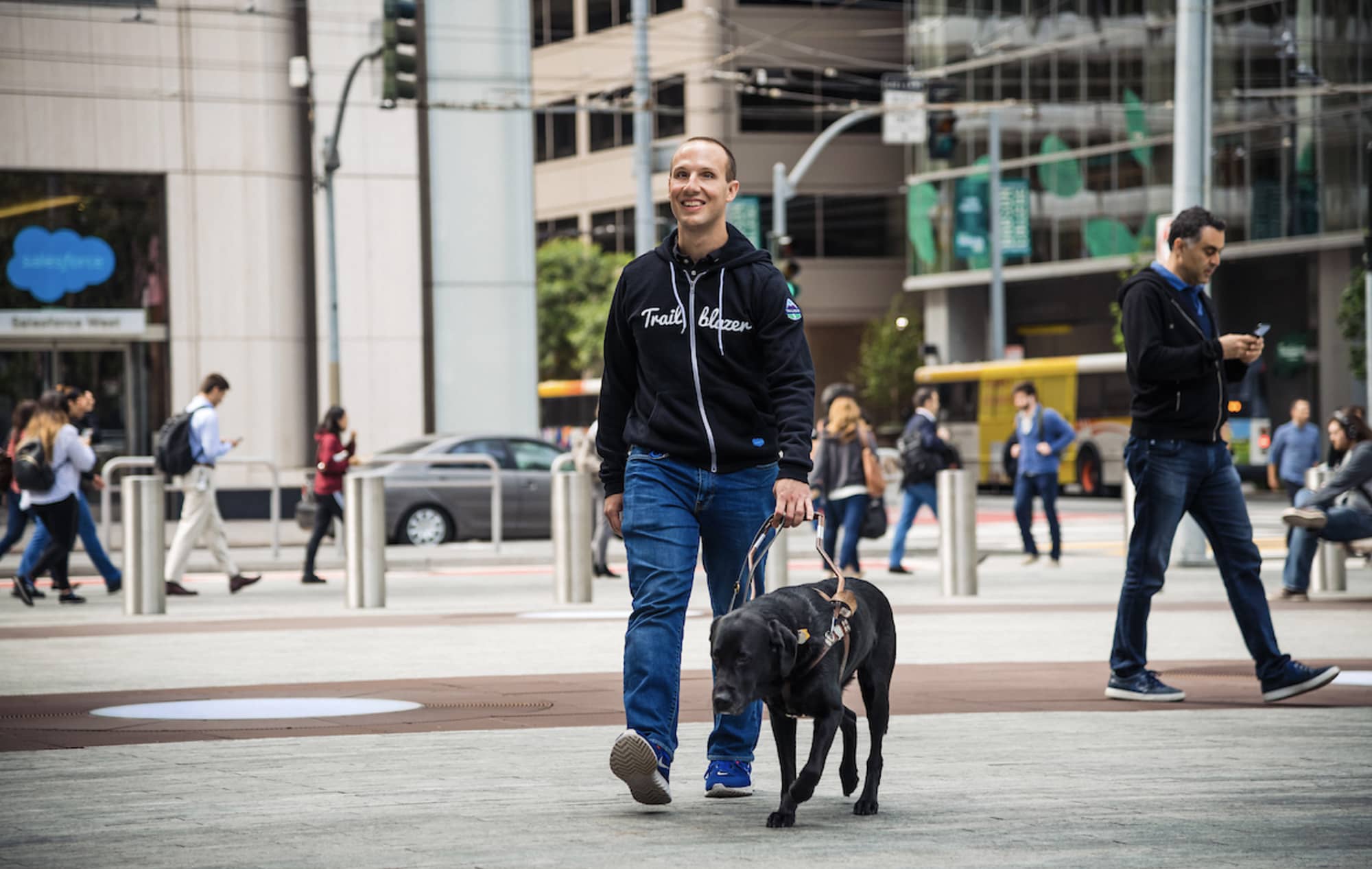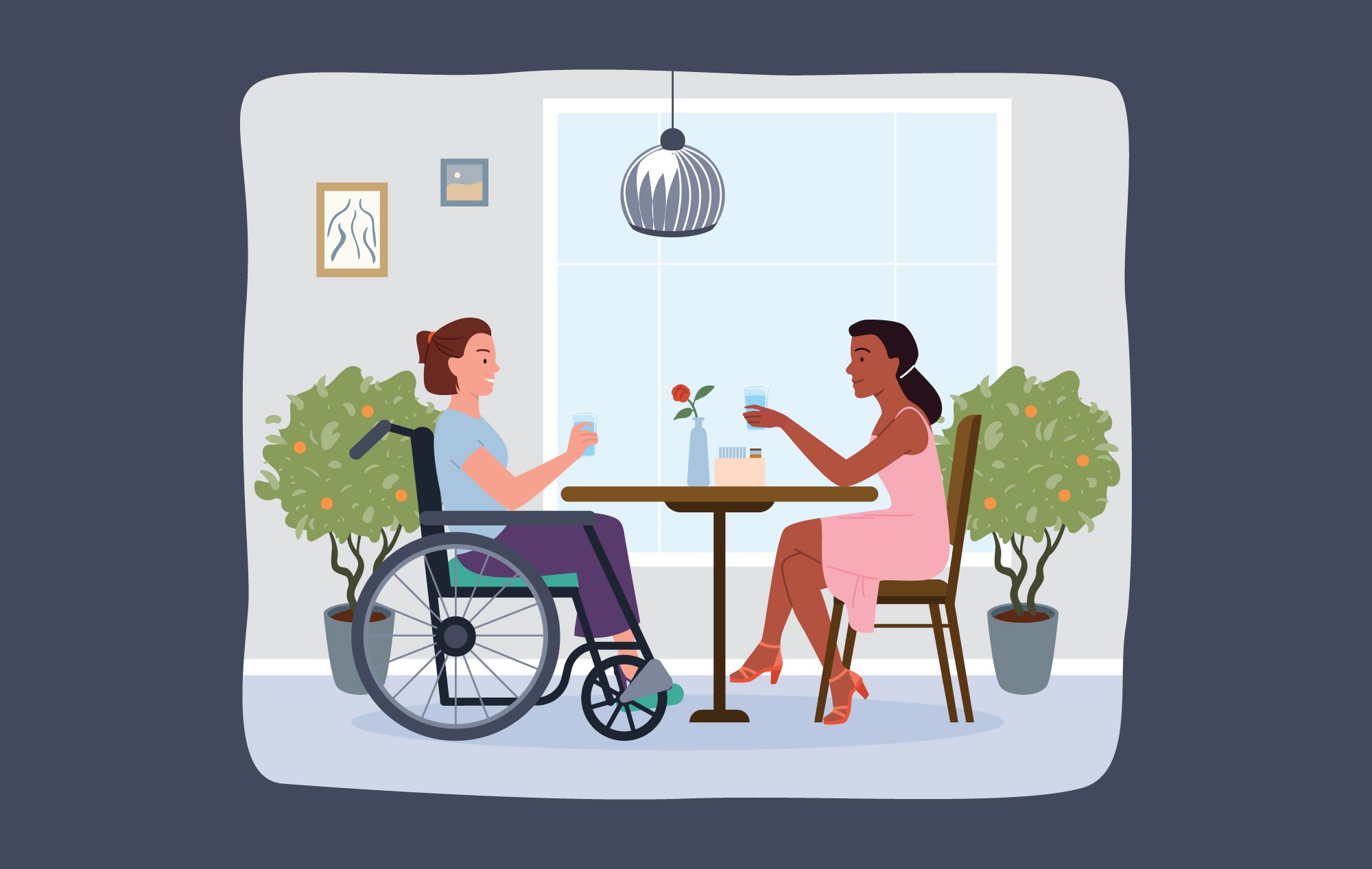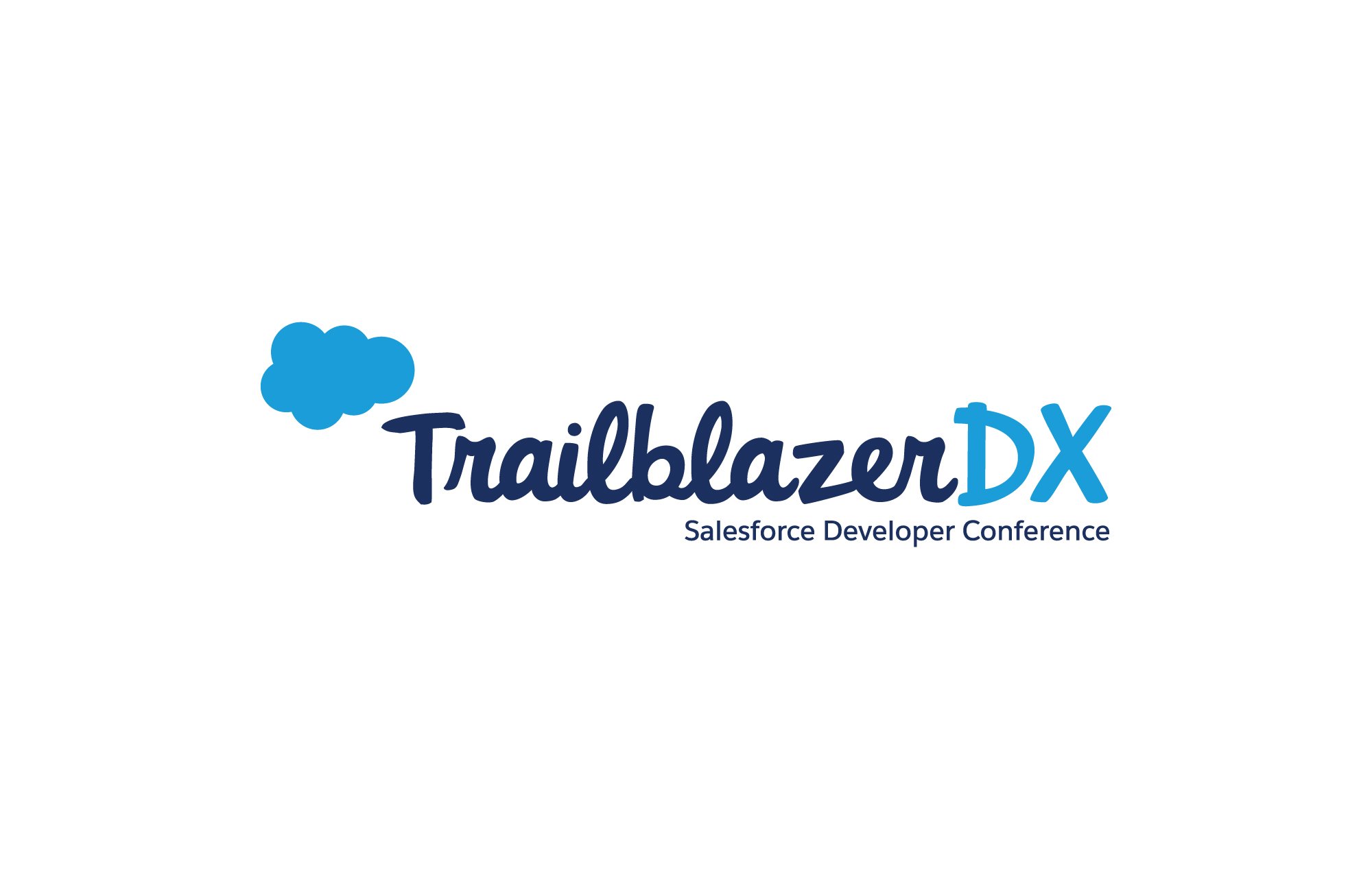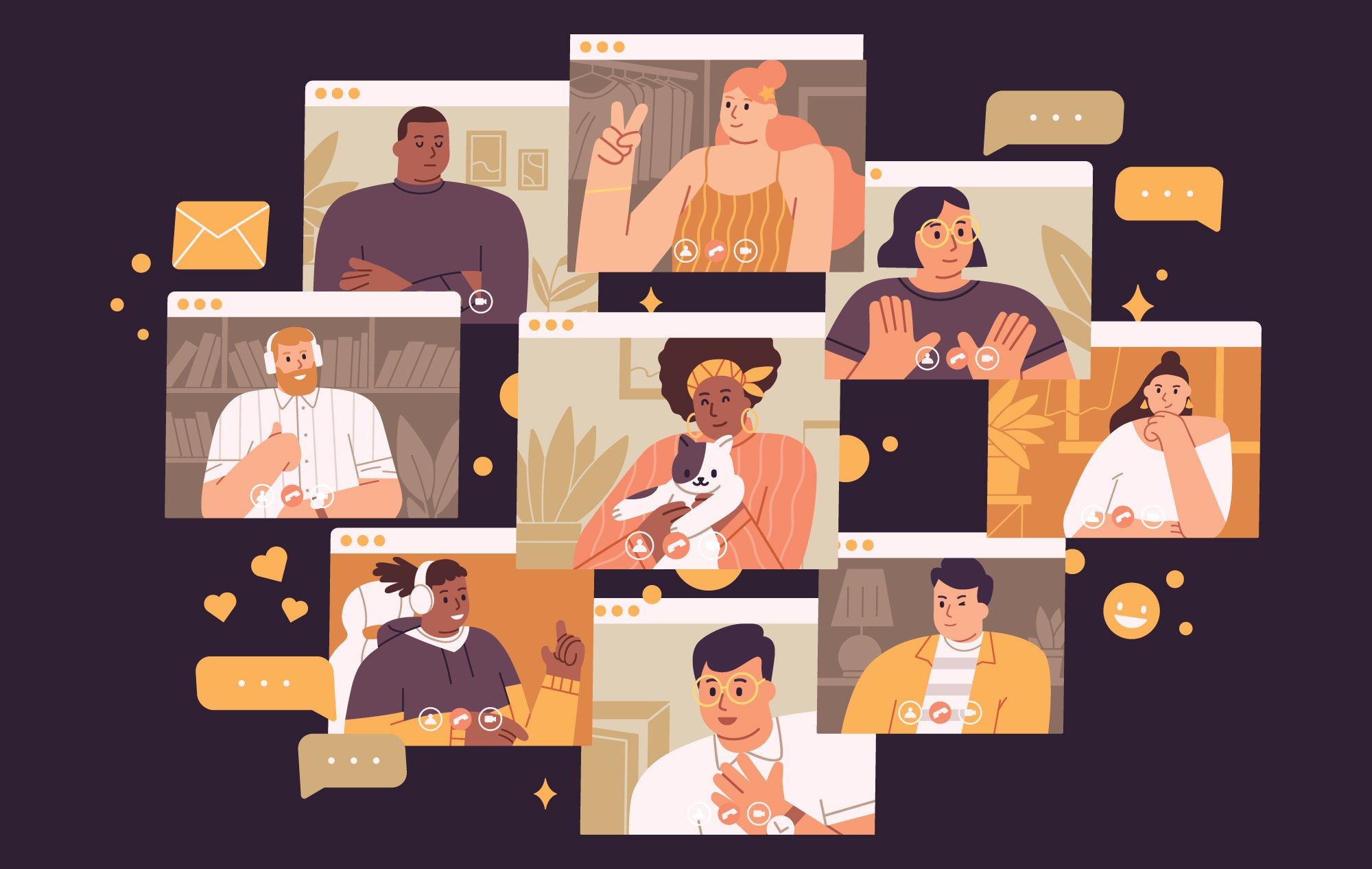On July 26, 1990, the Americans with Disabilities Act (ADA) was signed into law. This landmark civil rights legislation was intended to prevent discrimination against individuals with disabilities in all areas of public life, including schools, transportation, and jobs. The ADA is always worth celebrating, especially during Disability Pride Month, however, there is still work to do to create justice and equality for all.
Despite 32 years of progress, the U.S. employment rate for people with disabilities is only 37%, compared to the 77% of Americans without disabilities. When it comes to addressing the earnings disparity for people with disabilities, the U.S. isn’t alone. While accounting for varying definitions of what is considered a “disability” and the scarcity of easily comparable data, the United Nations states, “In most developed countries the official unemployment rate for persons with disabilities of working age is at least twice that for those who have no disability.”
To address this issue, we need to challenge the unconscious biases that face the disability community.
In honor of the ADA, we gathered insights from folks across the community who provided first-hand perspectives about why it’s so important for companies to prioritize hiring more people with disabilities. One of the greatest assets you have in advancing your company’s accessibility and inclusion is to involve people with disabilities: “Nothing about us, without us.”
Start Learning: Cultivate Equality at Work
Why We Need More People with Disabilities in the Workforce
1. The disability community is a large, diverse group of individuals who are present in any target demographic or candidate pool.
The level of intersectionality in the disability community is unparalleled. Regardless of race, color, religion, sex, sexual orientation, gender perception, national origin, age, marital status, or protected veteran status, people with disabilities exist across all identities. Additionally, acquiring a disability is highly unpredictable and can happen to anyone at any stage of life.
- “There are over 1 billion people in the world with some form of disability. Without them, we are missing out on a huge pool of talent and missing out on an opportunity to understand a huge piece of the consumer market.” -Sarah Mark, Workforce Navigators Program Manager, Salesforce
- “Disability cuts across all communities, backgrounds, and experiences. When you center and celebrate disability, you create environments that are more prepared to tackle today’s challenges, not to mention our teams are more fun!” -Haley Kimmet, Access Program Manager, Salesforce
2. It makes business sense.
We’re no strangers to using business as a platform for change. The inclusion of people with disabilities in your workforce is a wise business move. A 2018 study by Accenture, in partnership with the American Association of People with Disabilities and Disability:IN, found that businesses that actively seek to employ people with disabilities outperform their peers. Those more inclusive firms reported 28% higher revenue, two times greater net income, and 30% higher profit margins.
Luckily, there is data to back up claims regarding the impact that inclusion has on brand loyalty. According to a U.S. Department of Labor survey, 90% of consumers “specifically agreed that they would prefer to give their business to companies that hire individuals with disabilities.”
- “Drawing on this wisdom from the disability justice movement: ‘Nothing about us without us.’ This principle should guide your business practices. If you hope people with disabilities might be customers of yours, you need us at all levels of the company.” -Brandon Melnyk, Mentor of Specialized Skill Building, MOKA
- “As a customer, I view the company I am shopping at more favorably if there is truly equal opportunity employment.” -Roshel Stafford, Therapist at Counseling Center of West Michigan
3. Skills on skills on skills
The disability community is no stranger to navigating challenges. In a world full of programs, products, and experiences built without them in mind, they know exactly how to overcome and get things done.
- “We’ve perfected important soft skills like adaptability, flexibility, and creative problem solving! Those are universal qualities and skills needed in every field and workplace!” -Chelsea Perry, Disability Advocate
- “Situational awareness: We automatically seek out ramps, entrances/exits, elevators, and push-buttons with precision observational skills and ability to assess quickly.” -Shari Lynn Denton, Disability Advocate
- “We understand policies and laws pertaining to disability access better than some lawyers.” -Jessica Dejohn, Pathway of Hope Regional Coordinator, The Salvation Army
- “If someone hires us, we want to show you what we’re capable of. That you made the right choice despite any hesitations at the start. We want to show you what we can do.” -Chelsea Perry, Disability Advocate
4. Improves company culture
Whether you’re aiming to increase your Self-ID metrics, keep accessibility top of mind, or increase retention rates, you’ll need people with disabilities to help foster an inclusive workplace.
According to the UN, U.S.-based studies, including a 30-year analysis conducted by DuPont de Nemours, emphasize that people with disabilities “have equal or higher performance ratings, better retention rates and less absenteeism.” To attract this loyal talent, you’ll need to create a company culture that supports them. Discover more ways to advance inclusion.
- “Keeps accessibility a top priority: When you hire people with disabilities, you have people on board who can identify access barriers quickly and who will always keep access in mind when doing their work.” -Sarah Mark, Workforce Navigators Program Manager, Salesforce
- “Company pride and morale: Those 1 billion people with disabilities? Their family, friends and loved ones work for your company already. When you create a workplace inclusive of people with disabilities, everyone, not just people with disabilities, look more favorably upon the company.” -Sarah Mark, Workforce Navigators Program Manager, Salesforce
- “People with disabilities have significantly higher retention rates, saving companies the high cost of turnover and onboarding.” -Sarah Mark, Workforce Navigators Program Manager, Salesforce
5. It drives innovation.
Here are several innovations fueled by inclusion, according to the World Economic Forum: the typewriter, email, audiobooks, and even the remote control. Inclusive project teams can develop solutions that help to create a more accessible future for all.
- “By designing with and for people with disabilities, we can learn a lot about what makes innovation inclusive.” -Donielle Berg, Lead Accessibility Engineer, Salesforce
- “We bring cool technology to the workplace. Have you ever ‘heard’ a pie chart?” -Cala Campfield, Program/Project Management Specialist, Salesforce
6. It just makes sense.
- “Because you need the best person for the job and it may be a person with a disability.” -Suzanne Harder, Disability Advocate
- “Advocacy. Genuine authenticity. Empathy. And, other than adjusting things a little around the workplace, we really are just regular employees.” -Jessica Dejohn, Pathway of Hope Regional Coordinator, The Salvation Army
Take Action
- Consider taking the Disability Equality Index (DEI) survey, if your company doesn’t already do so. The DEI helps companies analyze their environment, identify opportunities and leverage disability inclusion as a competitive advantage.
- If your company offers self-ID, consider participating. This not only helps companies ensure they are creating and sustaining a diverse and inclusive workplace, but it also shapes policies and benefits that support people with disabilities.
- Get involved with, or start, a disability-related employee resource group (ERG). Whether it’s called an ERG, business resource group, or Equality Group – as we do at Salesforce – these internal networks can help make equality and inclusion a reality inside your organization and in the community as a whole.
- Read and learn about accessibility and disability inclusion. Take a trail on Trailhead to learn why it’s important to make technology accessible to everyone, and how you can enhance the accessibility of your website.
- Trailblazer Success Community: Ask questions, discuss workarounds and collaborate with other users of Assistive Technology. This is a group to discuss all things disability-related. Visit the Community.






Leave a Comment